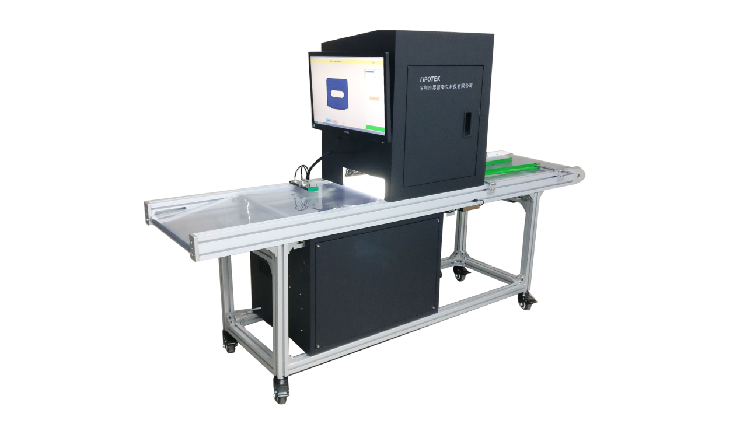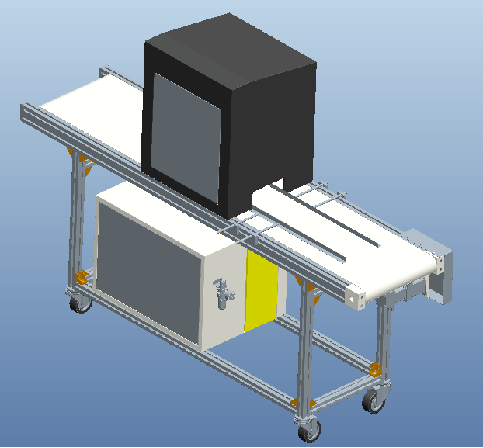It is difficult to detect plastic appearance defects with machine vision
Plastic material, also known as plastic, is a polymer material composed of high molecular compounds. At the same time has good wear resistance, low temperature resistance and chemical corrosion resistance, divided into high density polyethylene (HDPE) and low density polyethylene (LDPE) two types. And a plastic material with high stiffness and tensile strength, widely used in various fields of manufacturing and production, can withstand high temperature and chemical corrosion.
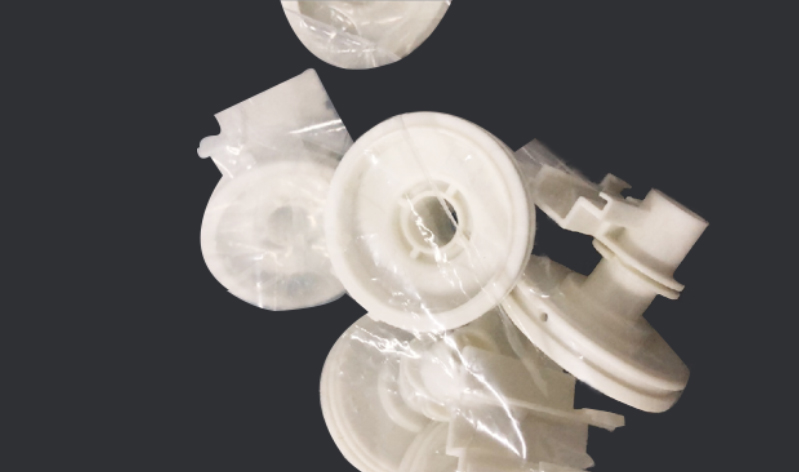
Industry pain point
Diversity of materials, lack of sorting
There are many kinds of plastic materials, and each material has different physical and chemical properties, so it is necessary to develop corresponding detection methods for different materials.
Microscopic structure, can not be detected manually
Plastic materials often have complex microstructure, such as the arrangement of polymer chains, the distribution of fillers and additives, which have an important impact on material properties, but require high-resolution detection techniques to observe and analyze.
Surface detection, manual training is difficult
Plastic products usually have complex surface morphology, such as texture, bump, etc., surface defects may affect the quality and appearance of the product, so high-precision surface detection technology is required.
Detection content
Lack of materials, dirt
Detection scheme
For the appearance defect detection of plastic parts, the SP-T200 belt line detection machine image processing algorithm of SP-T200 professional equipment is selected to form a complete automatic visual inspection system with adaptive ring light source and SONY industrial camera.
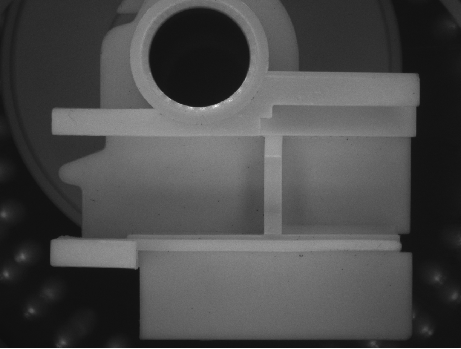
In terms of system selection, SP-T200 belt line visual inspection machine of SPTECH professional equipment realizes high-precision inspection of products through high-resolution cameras, advanced image processing technology and high-resolution cameras, and timely finds and identifies product defects; Flexible setting and adjustment according to different product characteristics and testing requirements; Quickly judge the products, effectively distinguish qualified products from unqualified products; For non-conforming products, the equipment is usually able to automatically remove or mark them; Avoid unqualified products flowing into the downstream production link; Real-time monitoring and recording of product parameters and quality data, can be customized and adjusted according to production needs.
Detection effect
Material leakage
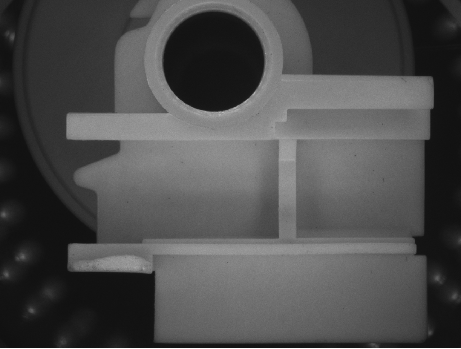
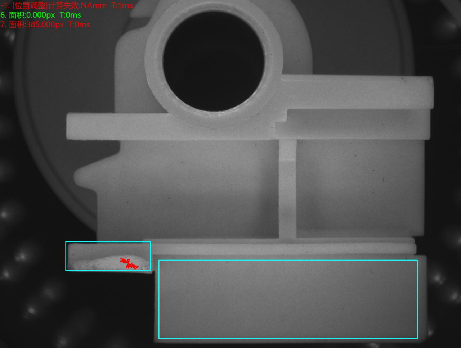
smudge
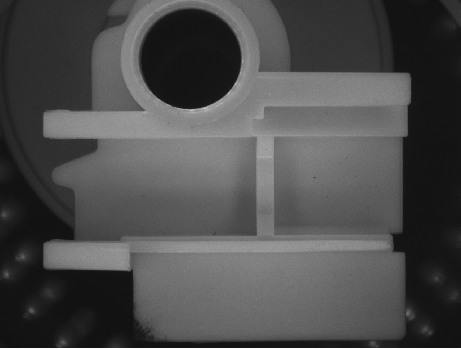
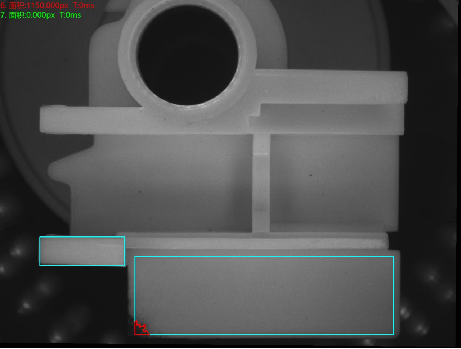
After each production enterprise joins the SPtec automatic appearance inspection program in the production line, it can detect and trace the defects generated in each production link of plastic materials, and effectively detect and distinguish five kinds of defects, including cracks, burrs, color differences, bubbles and flow marks, providing more choices for the design and improvement of plastic products. By combining the Siptech vision integration solution with the manufacturing process, defects can be detected in time, labor production costs can be reduced, and production processes can be improved.
-
Service hotline
13077808017

